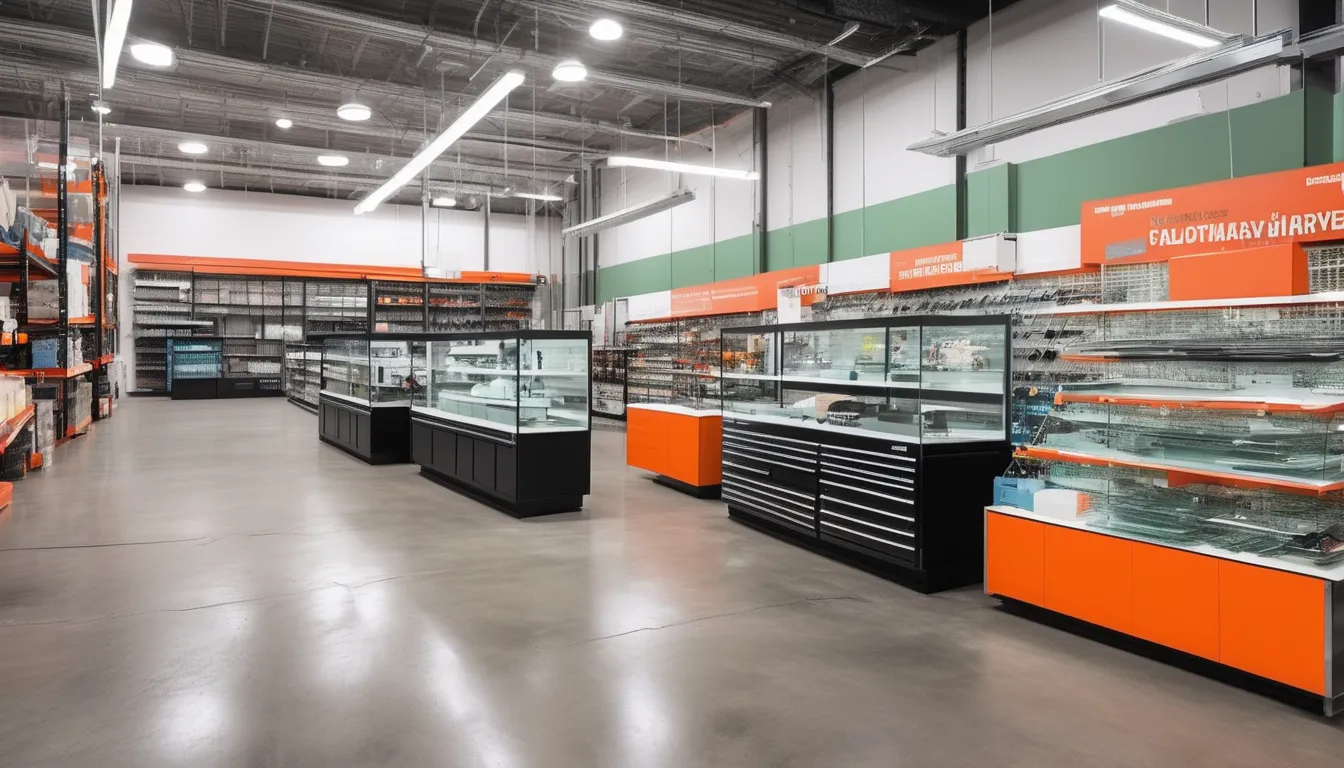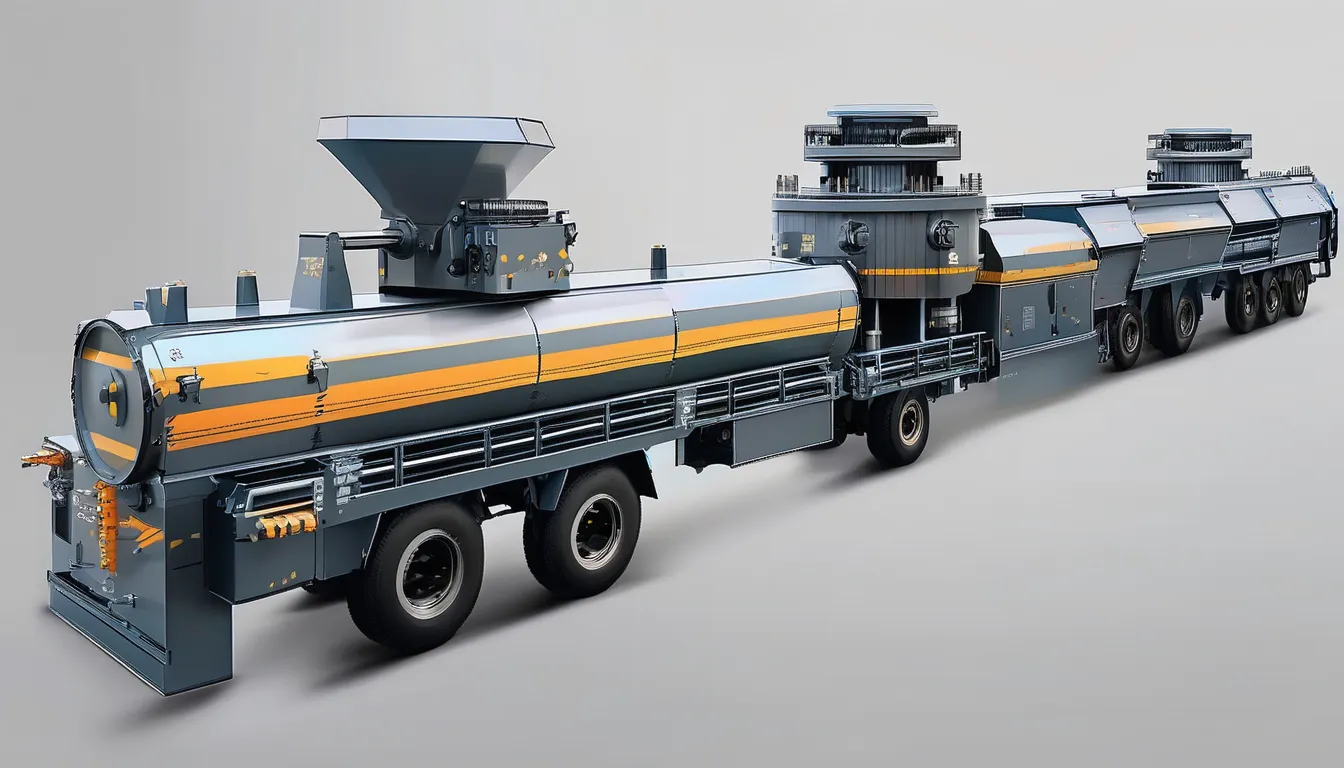When it comes to choosing the right glass components for your project, you’re likely to encounter a wide range of options. You might be looking for added strength and durability, or perhaps you need exceptional clarity for a specific application. You’ve probably heard of tempered glass and laminated glass, but what about the lesser-known types of glass that could make all the difference? As you weigh your options, consider what really matters: performance, aesthetics, and cost. But before you make a decision, it’s worth exploring the unique properties and applications of various glass components – starting with a few key types.
Types of Glass Components
When shopping for glass components, you’ll come across several types that cater to different needs and applications. You’ll find tempered glass, which is heat-treated to increase its strength and durability.
This type is ideal for applications where safety is a top priority, such as shower doors and table tops.
Another type is laminated glass, which is made by sandwiching a layer of plastic between two sheets of glass. This construction makes laminated glass resistant to shattering and is often used in car windshields and skylights.
You’ll also find glass components with varying thicknesses, ranging from thin sheets for decorative purposes to thick slabs for heavy-duty applications.
Low-iron glass is another type that’s gaining popularity due to its low iron content, which reduces the green tint often associated with regular glass.
This type is ideal for applications where clarity is crucial, such as in glass doors and partitions.
Additionally, you’ll find glass components made from different materials, like borosilicate and soda-lime glass, each with its own unique properties and applications.
Glass Coatings and Tints
Glass coatings and tints can greatly enhance the functionality and aesthetic appeal of your glass components. Whether you’re looking to improve the energy efficiency of your building or create a unique visual effect, there’s a coating or tint that can help. From reflective coatings that minimize heat gain to low-iron tints that provide a clearer view, the options are endless.
| Coating/Tint Type | Description |
|---|---|
| Low-E Coatings | Reduce heat transfer and minimize energy loss |
| Reflective Coatings | Reflect solar radiation and reduce heat gain |
| Low-Iron Tints | Provide a clearer view by reducing iron oxide content |
| Solar Tints | Block UV radiation and reduce glare |
| Anti-Reflective Coatings | Minimize glare and improve visibility |
When selecting a coating or tint, consider the specific needs of your project. Think about the environmental conditions, the desired level of transparency, and the overall aesthetic you want to achieve. By choosing the right coating or tint, you can create a glass component that not only looks great but also performs optimally. With the right combination of functionality and style, your glass components can truly shine.
Precision Glass Fabrication
Every precision glass fabrication project requires a unique combination of technical expertise and attention to detail.
You need to work with a team that understands the intricacies of glass fabrication, from cutting and grinding to polishing and assembly.
This level of precision is crucial in creating complex glass components that meet your specific requirements.
When it comes to precision glass fabrication, you want to work with a team that can handle a wide range of glass types and thicknesses.
Here are some key aspects to consider:
- Intricate glass sculptures that showcase the artist’s skill and craftsmanship
- Complex glass assemblies that require precise alignment and bonding
- High-precision glass optics that demand exacting tolerances and surface finishes
- Delicate glass components that need to be handled with care to avoid damage
- Custom glass designs that push the boundaries of what’s possible with glass fabrication
Tempered Glass Solutions
In your pursuit of creating complex glass components, you may require materials that not only provide optical clarity but also ensure the safety and durability of your project. Tempered glass solutions can be an ideal choice, offering improved strength and impact resistance compared to regular glass.
This process involves heating the glass to a high temperature and then rapidly cooling it, which increases its tensile strength and makes it less prone to shattering.
When you opt for tempered glass solutions, you can expect a reduced risk of injury from sharp edges and shards.
Additionally, tempered glass is more resistant to thermal stress, making it suitable for applications where temperature fluctuations are a concern. You can use tempered glass in various applications, including display screens, lenses, and protective covers.
It’s also worth noting that tempered glass can be fabricated in various shapes, sizes, and thicknesses to meet your specific requirements.
In your project, tempered glass solutions can provide a reliable and safe option for applications where durability and optical clarity are crucial.
Advanced Glass Materials
Take your project to the next level with cutting-edge glass materials that offer unparalleled performance and functionality.
Advanced glass materials are designed to meet specific needs and provide unique benefits. Whether you’re looking for energy efficiency, durability, or aesthetic appeal, these materials can help you achieve your goals.
Some examples of advanced glass materials include:
- Low-iron glass: A type of glass with reduced iron content, resulting in a clearer and more neutral color, ideal for applications where transparency is crucial.
- Smart glass: A glass that can change its opacity or tint in response to electrical signals, providing dynamic control over light and heat transmission.
- Bendable glass: A flexible glass material that can be curved or bent without breaking, offering new possibilities for design and architecture.
- Self-cleaning glass: A glass with a special coating that repels dirt and water, reducing maintenance needs and keeping surfaces clean and clear.
- Acoustic glass: A glass designed to reduce noise transmission, providing improved sound insulation and a quieter environment.
Conclusion
You’ve made it to the end of your journey to crystal clarity. Now that you know the top glass components you need, it’s time to put your knowledge into action. From tempered glass to advanced materials, you’re equipped to choose the perfect solution stainless railing parts your unique needs. With precision fabrication and various coatings and tints, you’ll achieve the perfect balance of form and function. Your next project will shine with the clarity and strength you’ve been looking for.





